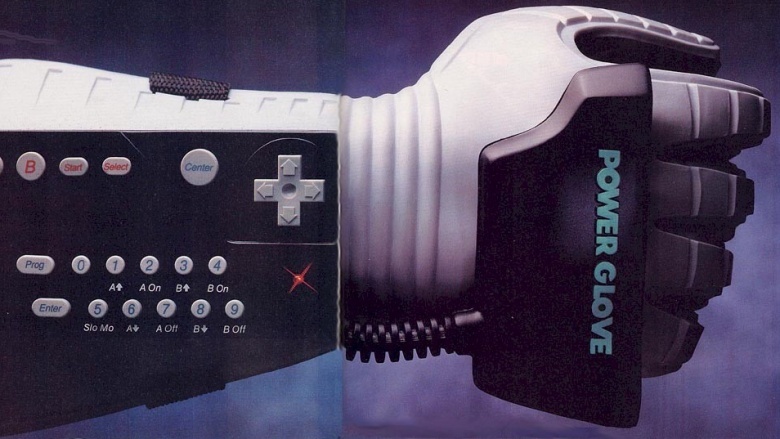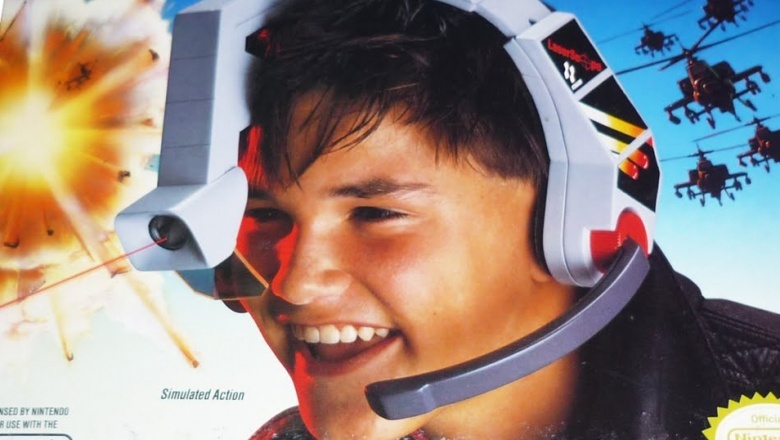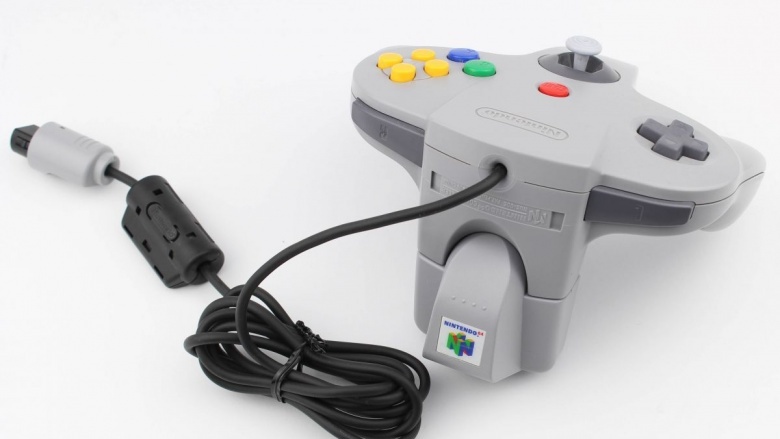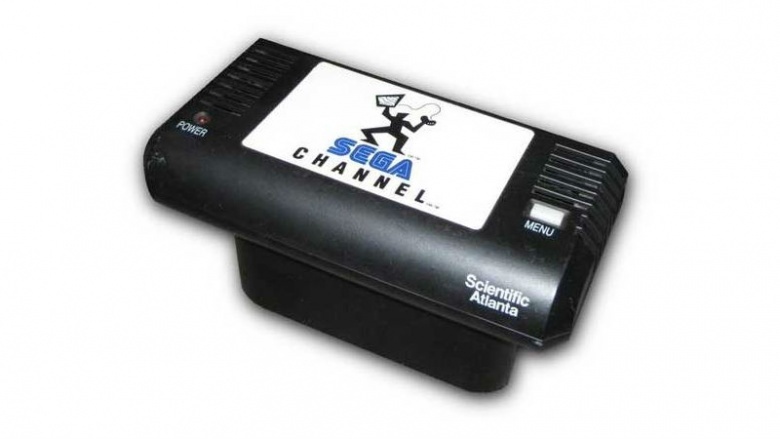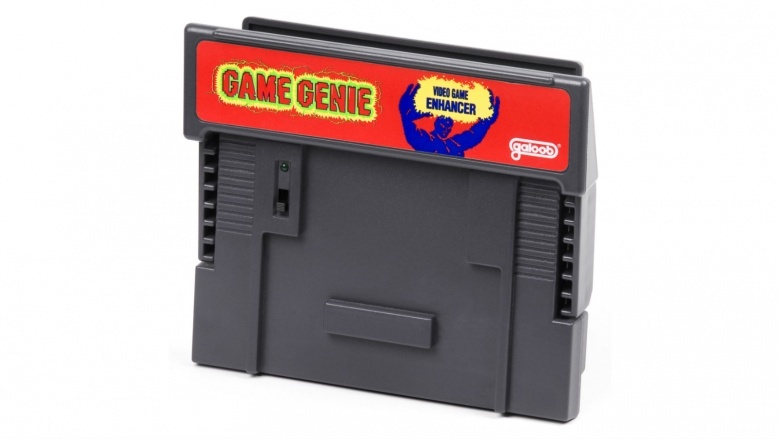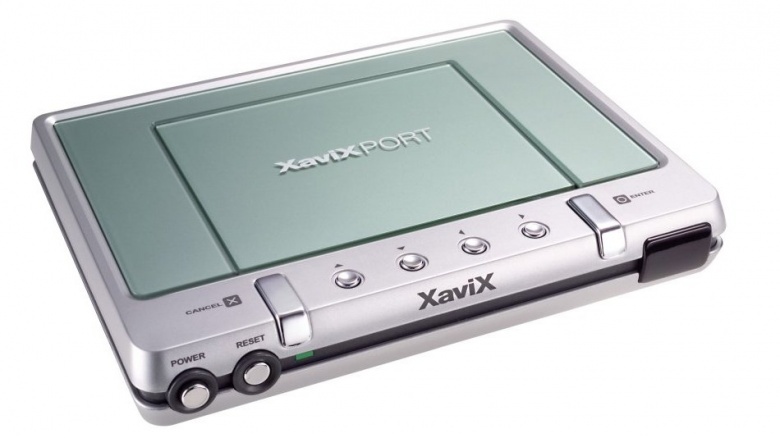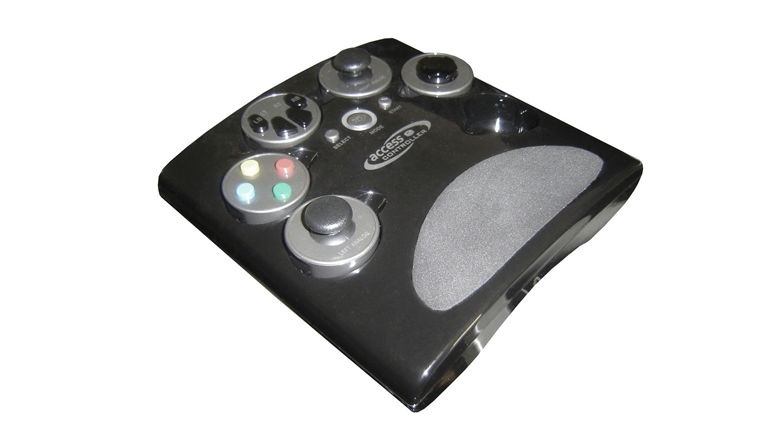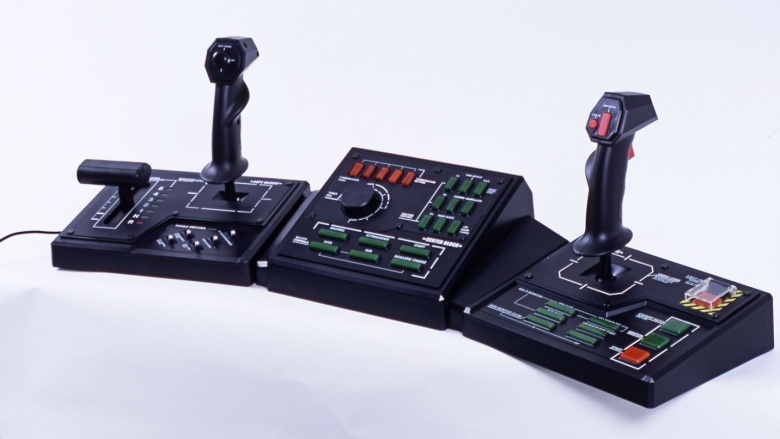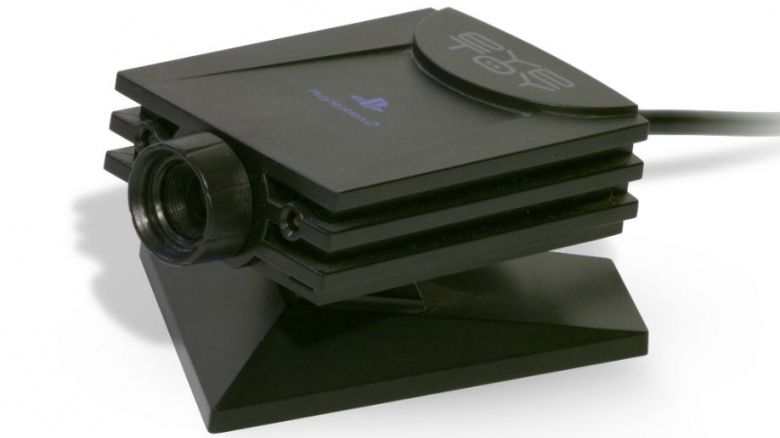Gaming Accessories Way Ahead Of Their Time
Video games are usually a combination of two things: a familiar and profitable formula, and an attempt at genuine innovation. It's hard to predict what entrenched gamers might welcome next, so game producers have created a wide range of strange attempts at envisioning the future. Some of these innovations, like the Nintendo Power Glove, have been weird, twitchy failures. But others have floundered only because the world just wasn't ready yet. Here are a few gaming inventions that just came along too early.
Konami LaserScope (1990)
The LaserScope often finds itself on lists of the worst gaming peripherals of all time, but the wearable, voice-activated headset was simply way ahead of its time. The LaserScope took one shouted command and transformed it into a button press, and that was about it, but voice-controlled gaming has been a subject of experimentation among game producers for years, with no one quite getting it right just yet. Technology can't even consistently handle voice commands when you're calling customer service, so we're just going to have to wait on this one.
Nintendo 64 Rumble Pak (1997)
A huge chunk of plastic designed to slip into the expansion port of the NIntendo 64's already gawky controller, the Rumble Pak seemed like a pretty goofy idea. As Nintendo crawled closer to virtual reality with their release of Super Mario 64, they wanted a controller that would provide feedback physical based on in-game actions. It seemed wasteful at the time to purchase an accessory that did nothing but occasionally vibrate, but haptic feedback motors are now standard in modern controllers. How else are you going to know mammoths are nearby in Far Cry Primal? Your eyes?
Sega Channel Adapter (1994)
A cartridge that plugged into your Sega Genesis just like any other game, the Sega Channel Adapter could deliver a huge range of playable games for $15 per month, straight to your console. Using standard coaxial cable, the Adapter would download the game of your choice into its onboard memory and store it until you turned off your system, allowing the user to test out and preview as many games as Sega had to offer, decades before major consoles began to offer things like the PlayStation Network. The Sega Channel closed up in 1998 with about 230,000 subscribers, all of whom then had to settle for Blockbuster.
GameCube ASCII Controller (2000)
Take a regular GameCube controller, cut it in half, stick a full-sized keyboard in the middle, and you have the hilariously awful GameCube ASCII Controller, designed exclusively for Japanese Phantasy Star Online players. Cumbersome and nearly useless, this weirdo junkpile anticipated the need to type and play games at the same time on home consoles, but severely underestimated mankind's ability to type on a tiny keyboard. PlayStation's later super-compact keypad did the job far better, and without looking like an insane person's fever dream.
Game Genie (1990)
Ask any serious oldschool gamer and they'll tell you that the Game Genie was a gateway drug. While the Genie came with a book of codes that you could input to mess with the settings on your games, those combinations of letters and numbers were just a mystery waiting to be solved. Serious Genieologists would make up their own codes through hours of trial and error, and learn a bit about coding in the process. Today's game modders and hackers owe everything to the lessons that the Game Genie taught us.
Xavix (2004)
Two years before motion gaming became a real at-home activity with the Nintendo Wii, a little company called Xavix came out with their own motion gaming and fitness console. Initially featuring a variety of sports and some weird Jackie Chan endorsements, the Xavix was much of what Wii Sports and Wii Fit would become, incorporating motion and activity into their games. But the high cost of several game-specific controllers tanked the system before it had a chance, even though it came first.
eDimensional Access Controller (2008)
In production since 2008, the eDimensional Access Controller compacts everything your game controller can do into a panel controlled by just one hand. Before you start making jokes about how lazy gamers are or what that other hand might be doing, this specific controller was designed for use by anyone who may have motor impediments. Each button set is modular and can be adjusted for specific game use, giving anyone with a handicap, or just those who are excessively ambidextrous, a new way to play.
Steel Battalion (2002)
Honestly, we're still not caught up with the ridiculous demands that Steel Battalion placed on gamers. The game's proprietary controller was actually four large panels of buttons, joysticks, and pedals, all of which had to be operated in perfect unison to control a complex on-screen warrior robot, lest it blow up or fall over. It's a pretty amazing concept, requiring a level of patience and expertise rarely required for video games, but most gamers haven't really moved too far past the standard two-handed controller just yet, making Steel Battalion an undersold and rare collectible.
PlayStation EyeToy (2003)
Gaming companies have been playing with "mixed reality" for years, attempting to incorporate games into real life in countless ways, including the aforementioned haptic feedback and motion controllers. But the EyeToy literally put players in the game. Using relatively simple webcam technology and and the complex computational power of the PlayStation, the EyeToy was able to create an image of the player on the screen that could interact with digital objects. It never became much more than a novelty, and the possibilities were never completely explored before manufacturing stopped in 2008.
3RD Space Vest (2008)
Another peripheral that sought to make games more real, the FPS Gaming Vest is a wearable vest with haptic sensors throughout, so if you're shot in the back during a first-person shooter, you'll totally feel it. Much more instinctual than listening for inefficient audio cues or searching for arrows on a screen, the physical feedback of the 3RD vest, or its predecessors, hasn't yet caught on in the gaming community, who don't always want to feel like they're really dying. Wait until the Oculus Rift hits its stride before this really catches on.
